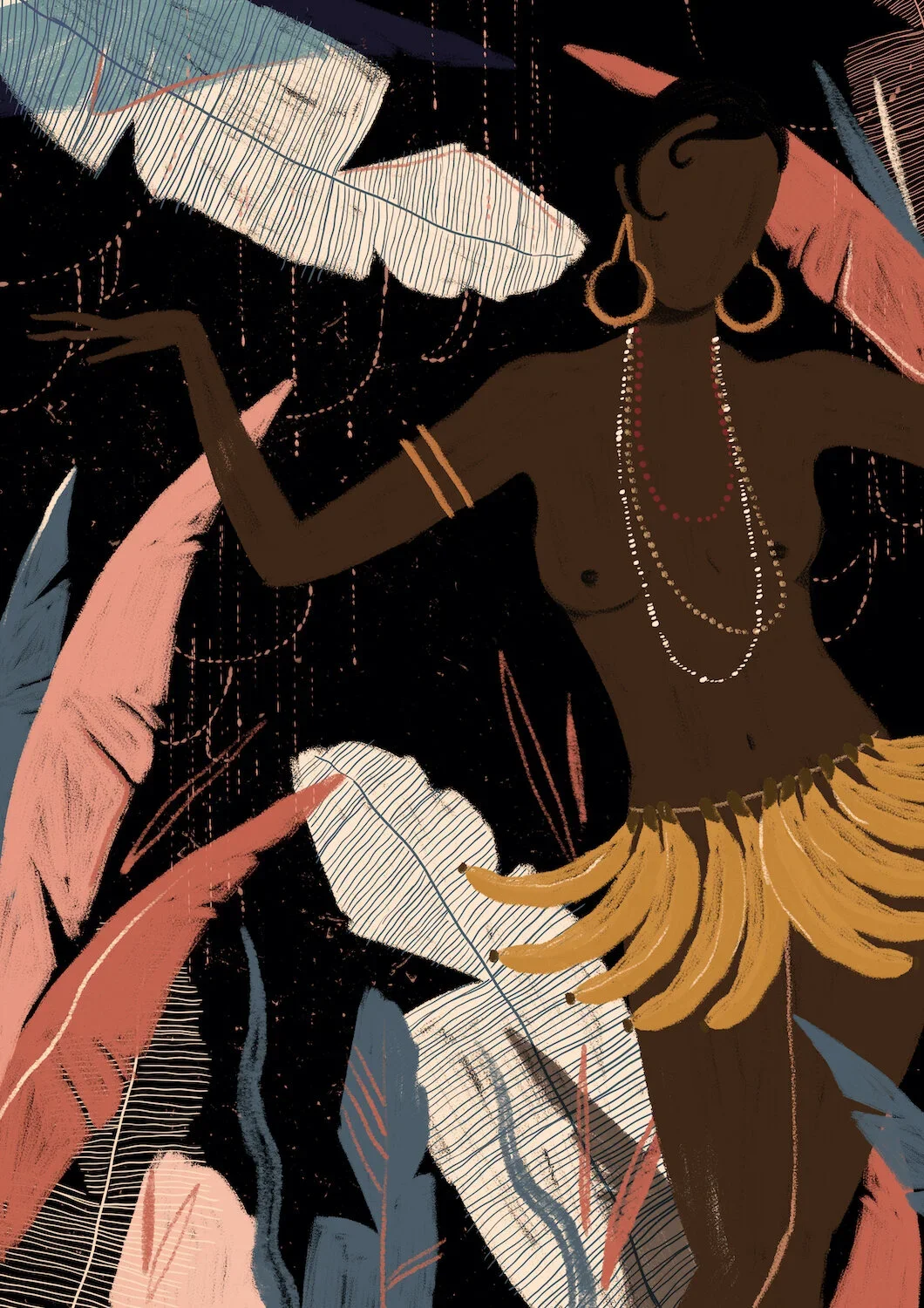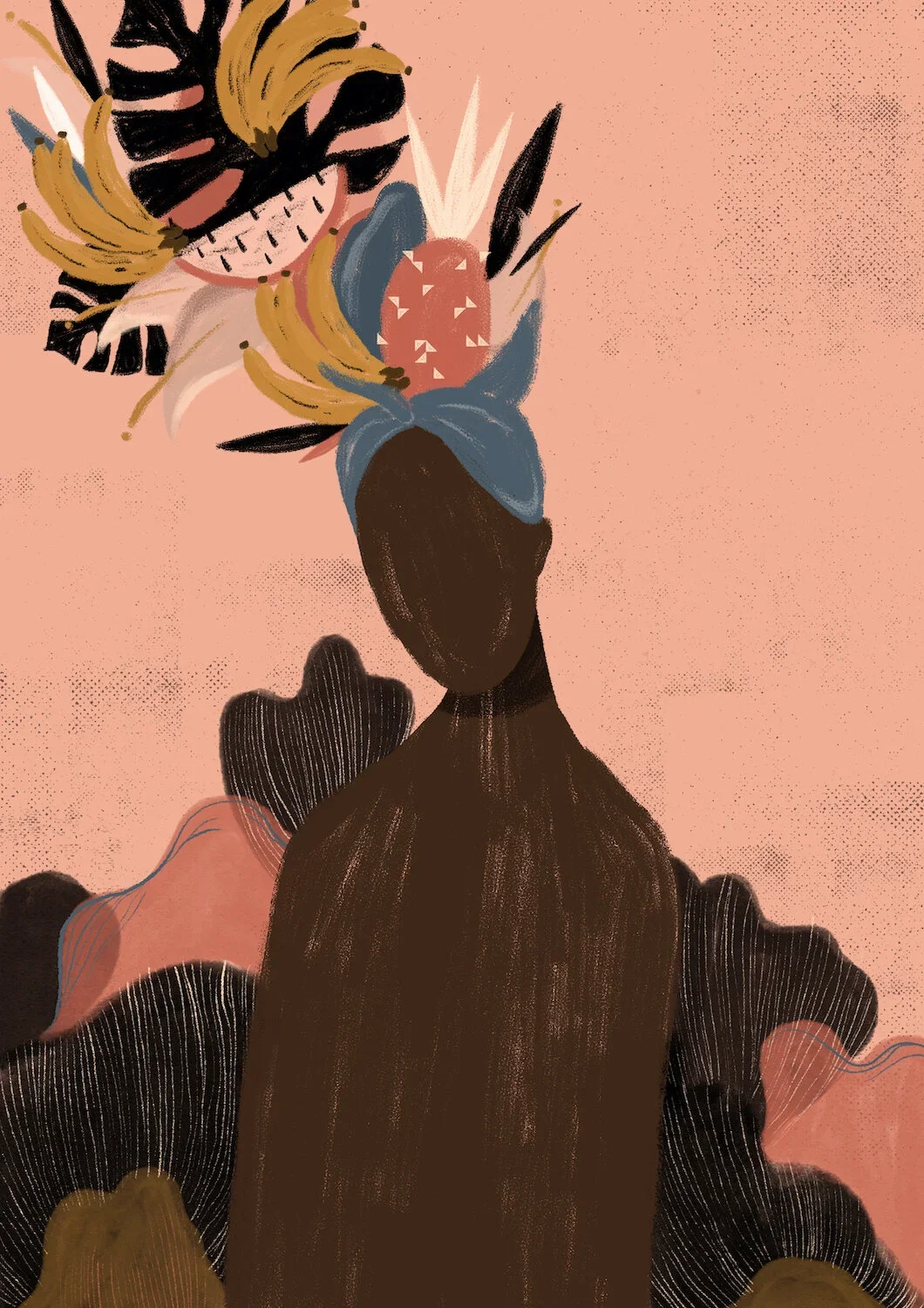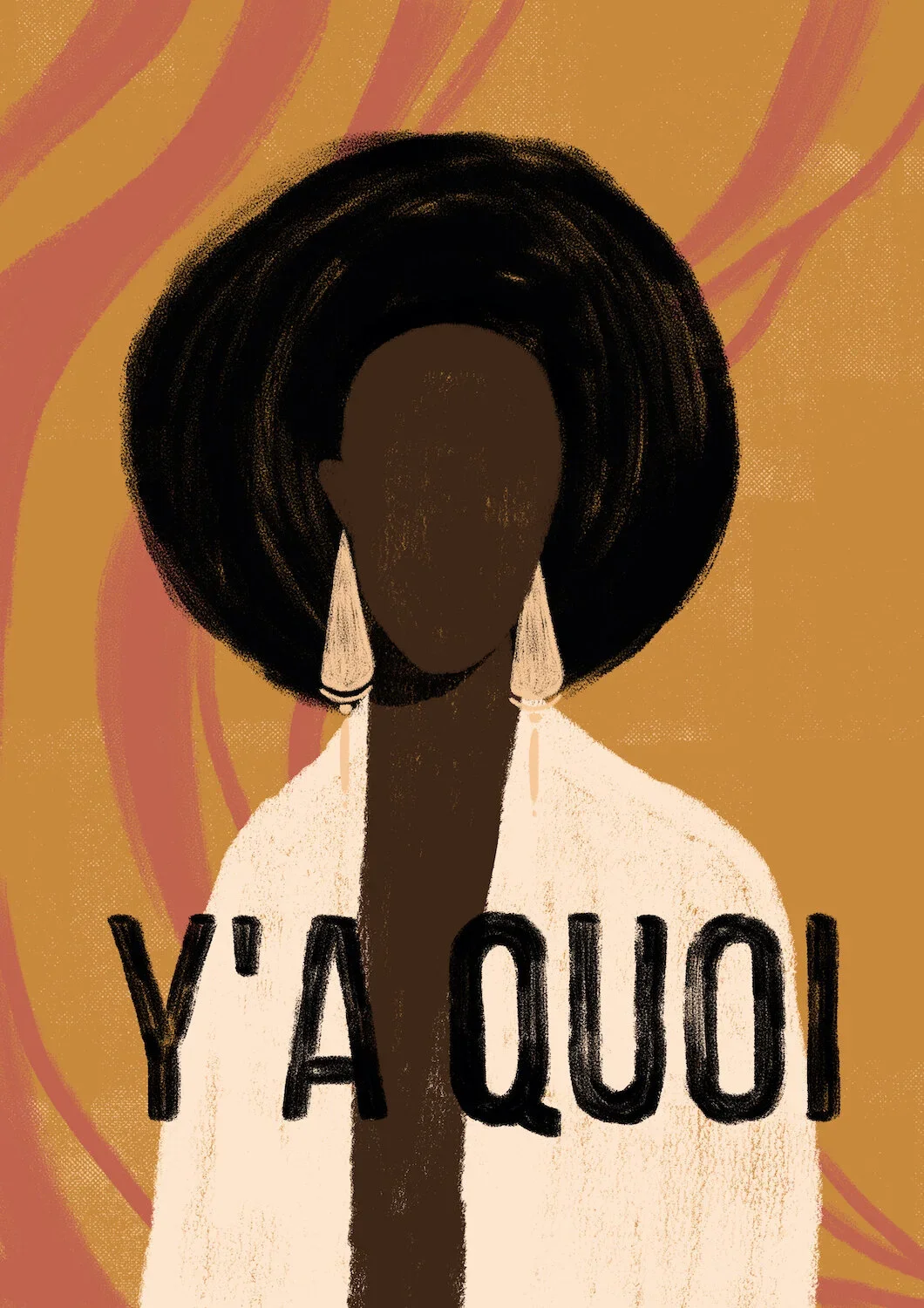Is banana sexy? Is banana racist?
Is banana sexy?
Is banana racist?
Upon its arrival in the United States and Europe, bananas rapidly formed an ubiquitous presence not only in the twentieth century marketplace, but also in popular culture.
The lady in the Tutti-Frutti Hat
In 1943, Busby Berkeley’s bizarre performance “The Lady in the Tutti-Frutti Hat” from The Gang’s All Here featured dancers riding gigantic banana and strawberry props as Carmen Miranda sang. By the 1940s, the sexual images of the banana became increasingly associated with exoticized and racist images of the fruit, as the creation of the “Miss Chiquita” character for the United Fruit Company’s advertisements shows. Miranda herself often featured bananas prominently on stage, which formed connections between the fruit and her sensual dancing.
Josephine Baker’s banana skirt
The archive of Josephine Baker’s images is staggering. Hundreds of her photographs—dancing or frozen as in a reverie, with melancholic or comically crossed eyes, naked or glamorously clad—illustrate numerous books and writings, which portray, and attempt to explain, the celebrated African American expatriate in Paris. These photographs, paintings, and memorabilia are stored in museums and private collections; they are read and reread by performance and film scholars and those who are simply fascinated or intrigued by her countless personae.
Initially made of rubber, and rather playful in tone, the banana skirt gradually became glittering, then pointy, eventually turning into strategically-placed, menacing spikes that all-too-obviously invoked mental associations with male organs. Thus, she girded herself with “phalluses” catering to European sexual desires and fantasies of savage primitivism. By playing the “other” in the colonial fantasy, she teased white imagination and encouraged objectification of her body. However, it is arguable whether she reduced herself to a mere spectacle. When the curtain dropped, La Baker, as the French called her, “tried to be as civilized as possible.” Her en vogue status dictated fashion and social life trends in interwar Paris. By “combining tropes of civilization and savagery” and, thus, troubling the binary oppositions by which spectators tried to define her, she invites us to see her as playing with and in-between primitivist conventions and refinement. Shaking her scantily-dressed behind on stage, Baker exploited European eroticisation of the black body only to deconstruct this self-constructed image on the Parisian streets
Y a quoi?
The French dessert product made of banana flour and cocoa “Banania” featured a highly caricatured image of a black man, replete with a phrase in broken french “Y’a bon” (it’s good), to help sell the product. FIELDS reinterpretation of the racist is this empowered Black woman asking you “Y a quoi?” (What’s up?). What do you say?



